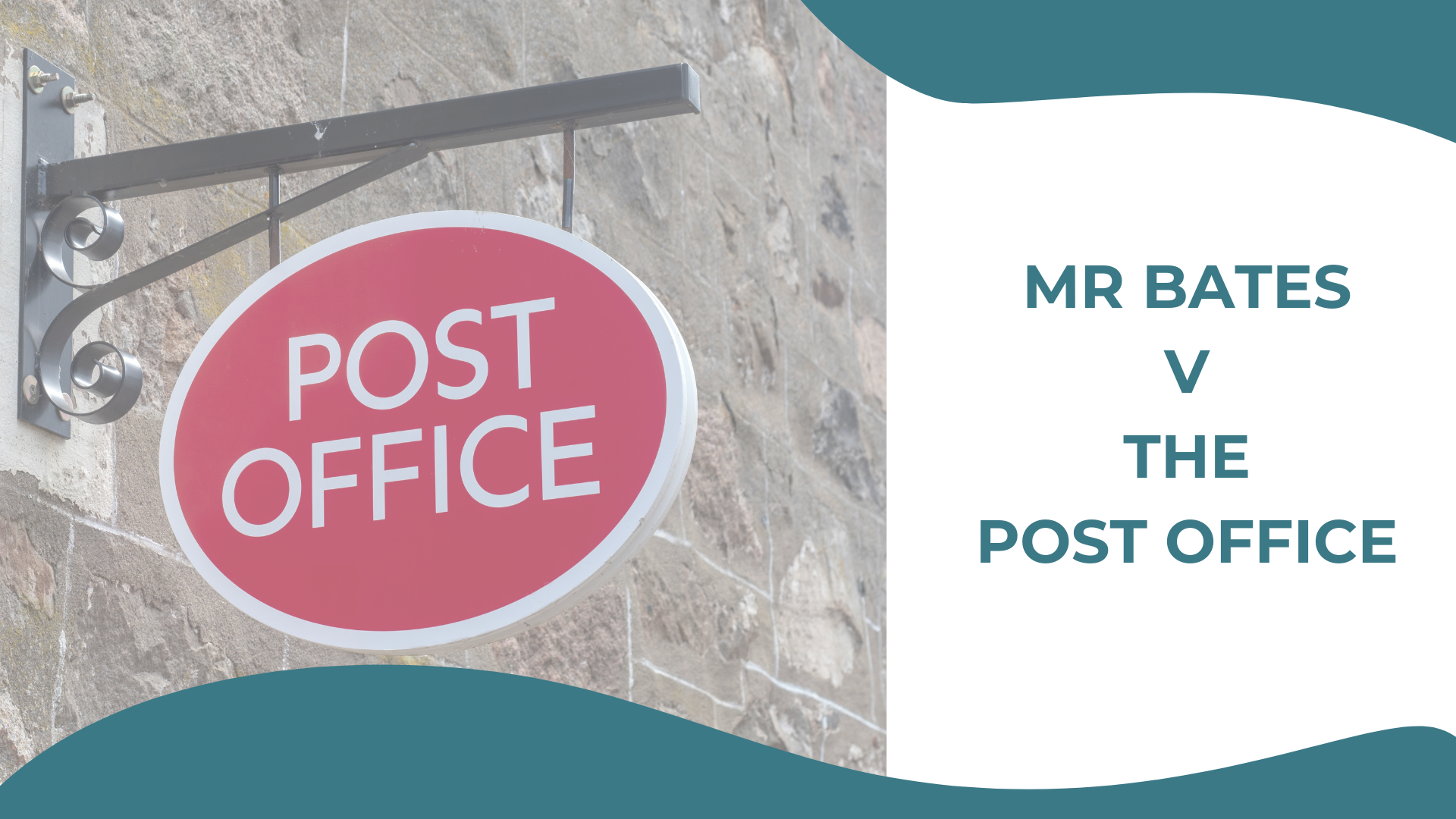This article, written by Anna Withers, on learning from astronauts forms part of our Leadership Insights series about hybrid teams, highlighting the power of communication, looking to help leaders to improve their workforce engagement, leading to greater productivity, higher energy at work, better collaboration and longer retention.
The power of communication
I am currently in quarantine because last week I had to attend a notary appointment in Germany in order to sort out my late brother’s estate. It was a really sad occasion as my younger brother has been taken from us far too early and we deeply mourn his loss. But it was also an opportunity to spend precious time with my two surviving siblings. Invariably we reminisced about happier times and particularly childhood memories. When I mentioned on my return to the UK, I would be required to quarantine for 10 days, we recalled how we first became familiar with the concept of a quarantine. It was in connection with one of the most defining moments of our childhood: The Apollo 11 mission to the moon.
The astronauts, our returning heroes, had to quarantine in a trailer for 21 days just in case they brought back some novel moon pathogens that the population had never had a chance to build an immunity to. President Nixon even came to visit them and talked to them through a window.
When we talked about those momentous events, we also remembered the joy and the excitement we, as children, experience with respect to all things ‘astronaut’ and it sparked an interest in me to use my time in quarantine to read more on the subject of space exploration.
My reading has given me an adult perspective on a significant childhood experience. It also made me realise that flying someone successfully to the moon and back is not just about rocket science, but is curiously connected to my day job.
Apparently, NASA rates the two biggest obstacles to space exploration involving long-duration flights in space as firstly, radiation effects on the body (which is clearly not my bag) and secondly, the challenges of team member dynamics (which – bingo – is something I deal with in different contexts, on a daily basis). In other words, like any other team, astronauts fall out with each other.
What NASA found was that it is often minor incidents which can cause an almost irreparable rift in the group, seriously impeding collaboration and teamwork throughout the project. An example of this is a squabble over Nutella.
Steve Kozlowski, a Michigan State University scientist who works closely with NASA on improving team dynamics, reported that a team nearly fell apart (threatening the successful completion of an important mission) when one member of the group ate more than their fair share of Nutella and refused to own up.
What was so intriguing about this research is that it does not matter how highly trained and courageous these space explorers are, or how carefully they have been selected (all team members have to undergo extensive tests before they are selected to join a mission team), it is those small niggles that can scupper years of work and seriously endanger the health and effectiveness of the team.
NASA has therefore invested considerable amounts of money in researching the dynamics involved in fall outs over minor grievances in order to minimise the risks associated with what they call ‘team desynchronisation‘. What they found is hugely relevant for us earthlings at this point in time. With the easing of the pandemic, many companies are planning a hybrid model of working where some employees work on site, while others work from home. NASA’s findings suggest that making the hybrid model work well might be a lot harder than it looks. Here’s what they found that can help us.
Teams at NASA are multicultural and interdisciplinary. Some team members work in uncomfortable and dangerous conditions at an extreme distance from ground control teams back on Earth.
Isolation has been identified in their research as the major stressor which can induce feelings of disenfranchisement and resentment towards those who continue to benefit from the positive elements of co-location and in-person collaboration. When people work in isolation it is those minor grievances which become a symbol for lack of felt inclusion and disenfranchisement, and reactions can be explosive. So, we encourage you to look out for early warning signs.
What can be done to prevent fracture in hybrid teams?
Here are three things that can help. They pick up on themes we have explored in other mailings, such as Inclusive Leadership and Noticing, but become all the more important as we learn to lead better when many of our team aren’t in the room:
- Make it safe for people to talk openly: Effective team leaders build an atmosphere of psychological safety and provide space for the team to ventilate and take ownership for solving their problems. How you react to the small stuff – which may seem trivial to you at first glance – may be symptomatic of big stuff that lies beneath the surface. Your team may not have to portion out Nutella, but you’ll have your equivalent challenges.
- Develop an open feedback culture: Encourage people to give positive and constructive feedback in the moment so that grievances do not fester but are voiced in a calm and respectful manner. We have talked in previous mailings about how important it is for leaders to develop a feedback culture by first asking for feedback themselves. Here’s your opportunity to model this! A great question to get this discussion going is ‘what can I do to help you succeed?’
- Regular Debrief: NASA research found that teams that used debriefs were consistently more effective than teams that did not, showing an average performance improvement of 20% to 25%. Debriefs tended to be more effective when they were frequent and structured. So, here’s a possible structure you could use. Ask people to talk about what they are noticing, what impact this is having on the team and what can be done that will help everyone.
What can we learn?
The upshot is that good communication is key. Just like in the first moon landing – when despite signal problems, Armstrong and Aldrin managed to remain in communication with both Mission Control and the third Apollo 11 astronaut Michael Collins orbiting above them in the command module. Without good communication they could not have pulled it off. We can indeed learn a lot from the astronauts.
- What are your Nutella moments?
- Where might the perceived wins and losses be?




